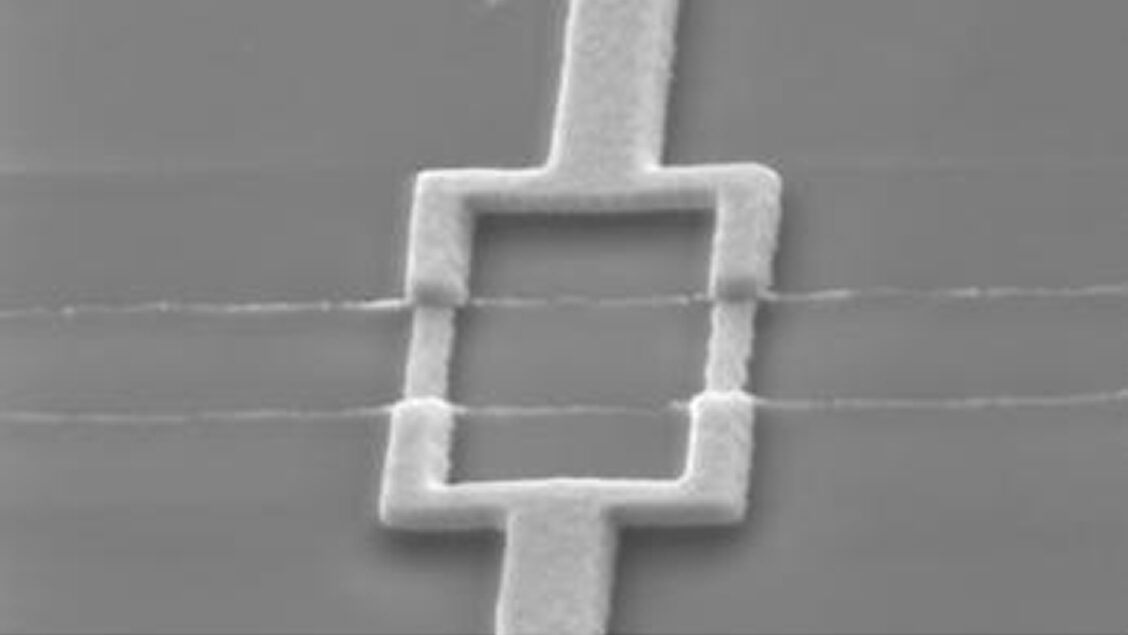We have probed a phase-biased graphene-superconductor ring via an rf resonator with a microwave pump.
Irradiating normal-superconducting junctions with microwave photons produce spectacular effects, such as Shapiro steps and photoinduced modifications of the dc supercurrent. Moreover, microwave irradiation can also have other, hitherto unexplored consequences, such as a photoassisted dissipation which is phase dependent. Here we present a finite-frequency measurement of both the dissipation and the supercurrent of a phase-biased graphene-superconductor junction in response to microwave photons. We find that, while the supercurrent response is well described by existing theory, the dissipation exhibits unexpected effects which need new theoretical elucidation. Especially with high frequency photons, the dissipation is enhanced at phase zero, where it is minimum without irradiation. We attribute this enhancement to Andreev level transitions, made possible by microwave-induced nonequilibrium population of Andreev bound states. Our results demonstrate that dissipation is a more sensitive probe of microwave photons than is the supercurrent, and reveal the potential of measuring dissipation to improve superconducting photodetectors and investigate photoassisted physics in hybrid superconducting systems.
The work has just been published in Physical Review Research.
